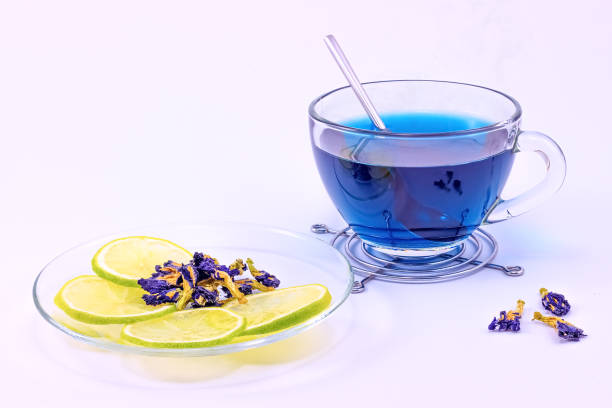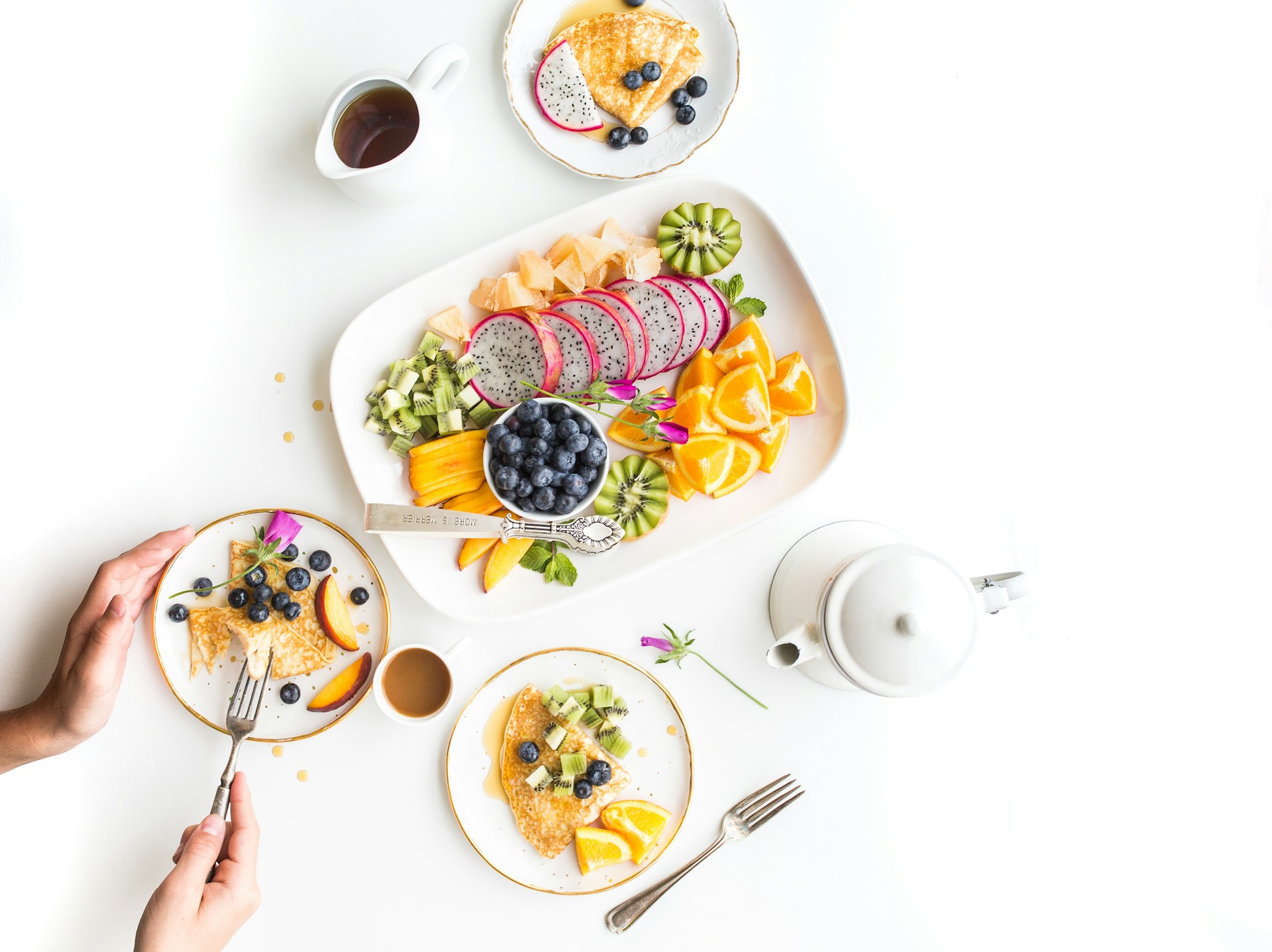Butterfly pea flower is a plant native to Asia that has been used for centuries in traditional medicine, cuisine, and cosmetics. It is known for its striking blue color, which changes to purple or pink when mixed with acidic ingredients. But did you know that butterfly pea flower is also a powerhouse of antioxidants and health benefits? In this blog post, we will explore some of the amazing benefits of drinking butterfly pea flower tea, applying it to your skin and hair, and incorporating it into your daily routine.
What is Butterfly Pea Flower?
Butterfly pea flower, or Clitoria ternatea by its scientific name, is a climbing vine that produces bright blue flowers. The flowers are rich in anthocyanins, which are the compounds responsible for their unique color. Anthocyanins are also found in other blue or purple foods, such as blueberries, grapes, and purple cabbage. They have been researched to have anti-inflammatory, anti-cancer, and anti-diabetic effects, among others.
Butterfly pea flower is also known by other names, such as blue tea, Asian pigeonwings, bluebellvine, and aparajita. It is widely used in Southeast Asian countries, such as Thailand, Malaysia, Indonesia, and Vietnam, for various purposes. For example, it is used to color rice, desserts, drinks, and textiles. It is also used as an herbal remedy for eye problems, hair loss, skin infections, and stress.
What are the Benefits of Butterfly Pea Flower?
Butterfly pea flower has many benefits for your health and beauty, thanks to its high antioxidant content and other active compounds. Here are some of the benefits that you can enjoy from drinking butterfly pea flower tea, extract, or applying it to your skin and hair:
- Weight loss. Butterfly pea flower tea can help you lose weight by boosting your metabolism, suppressing your appetite, and reducing your calorie intake. It can also help you burn fat by increasing the activity of lipase, an enzyme that breaks down fat cells. Additionally, it can help you detoxify your body by flushing out toxins and excess water.
- Blood sugar control. Butterfly pea flower tea can help you control your blood sugar levels by improving your insulin sensitivity, lowering your glucose absorption, and reducing your oxidative stress. This can help you prevent or manage diabetes and its complications.
- Brain health. Butterfly pea flower tea can help you improve your brain health by enhancing your memory, learning, and cognition. It can also help you protect your brain from degeneration and damage caused by aging, stress, and inflammation. It can also help you boost your mood and reduce your anxiety and depression.
- Skin and hair health. Butterfly pea flower can help you improve your skin and hair health by providing hydration, nourishment, and protection. It can help you prevent signs of aging, such as wrinkles, sagging, and pigmentation, by stimulating collagen production and fighting free radicals. It can also help you treat skin problems, such as acne, eczema, and infections, by reducing inflammation and bacteria.
How to Use Butterfly Pea Flower?

The butterfly pea flower is versatile and easy to use. You can use it in different ways, depending on your preference and purpose. Here are some of the ways that you can use butterfly pea flower:
- Tea: The most common and simple way to use butterfly pea flower is to brew it into a tea. You can use dried or fresh flowers, or buy ready-made tea bags or powder. To make the tea, simply steep the flowers in hot water for a few minutes, until the water turns blue. You can add honey, lemon, ginger, or other ingredients to enhance the flavor and benefits. You can also enjoy the color-changing effect of the tea by adding lemon or other acidic ingredients, which will turn the tea from blue to purple or pink.
- Smoothies: Another way to use butterfly pea flower is to blend it into a smoothie. You can use fresh or frozen flowers, or use tea, powder or its extract as a base. You can add fruits, vegetables, nuts, seeds, or other ingredients to create a delicious and nutritious smoothie. You can also experiment with different colors and flavors by adding lemon, lime, or other acidic ingredients.
- Face mask: You can also use butterfly pea flowers to make a face mask for your skin. You can use fresh or dried flowers, or use tea or powder as a base. You can add yogurt, honey, oatmeal, or other ingredients to create a smooth and creamy mask. You can apply the mask to your face and neck, and leave it on for 15 to 20 minutes, before rinsing it off with warm water. You can use the mask once or twice a week to improve your skin tone, texture, and elasticity.
- Hair rinse: You can also use butterfly pea flowers to make a hair rinse for your hair. You can use fresh or dried flowers, or use tea or powder as a base. You can add vinegar, lemon, or other ingredients to adjust the pH and benefits. You can use the rinse after shampooing and conditioning your hair, and leave it on for a few minutes, before rinsing it off with cold water. You can use the rinse once or twice a week to enhance your hair color, shine, and health.
Conclusion
Butterfly pea flower is a wonderful plant that can transform your health and beauty, rich in antioxidants and other beneficial compounds that can help you lose weight, control your blood sugar, improve your brain health, and enhance your skin and hair health. It is also easy to use and fun to experiment with, as it can change color depending on the pH level. You can use butterfly pea flowers in various ways, such as tea, smoothie, face mask, and hair rinse. You can also find ready-made products that contain butterfly pea flowers, such as our Beauty Sleep – Liquid Extract, cosmetics, supplements, and beverages.
Don’t just dream about a life filled with natural goodness—make it your reality. Visit our store now and explore our non-GMO herbs and superfoods, each meticulously selected to nurture your beauty, health, and vitality.
REFERENCES
https://www.healthline.com/nutrition/butterfly-pea-flower-benefits
https://the-qi.com/blogs/journal/11-benefits-of-drinking-butterfly-pea-tea https://draxe.com/nutrition/butterfly-pea-flower-benefits/



